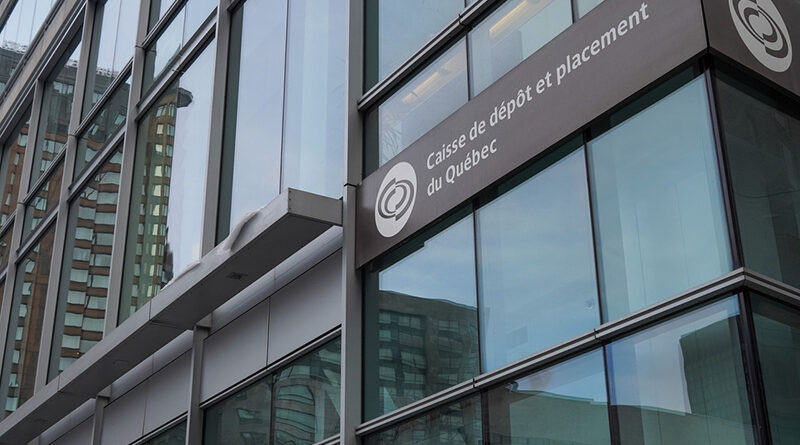Canada. CDPQ posts 7.2% return in 2023
editor2024-02-23T14:31:56+00:00Caisse de Depot et Placement du Quebec, Montreal, delivered a net return of 7.2% in calendar year 2023, slightly below the benchmark return of 7.3%.
For the five-year period, CDPQ returned an annualized 6.4%, above the 5.9% of the benchmark, said a Feb. 22 release. Over the 10-year period, the annualized return was 7.4%, compared with 6.5% for the benchmark.
As of Dec. 31, CDPQ’s net assets totaled C$434 billion ($327.4 billion), up from C$402 billion at the end of 2022.
In 2022, CDPQ returned a net -5.6%, above the benchmark return of -8.3%.
For 2023, by asset class, equities, which comprises equity markets and private equity, returned a net 10.1%, below its benchmark of 14.3%.
For the five-year and 10-year periods, equities returned a net 10.9% and 10.7%, respectively, compared with benchmarks of 11.2% and 9.6%.
With respect to public equities, CDPQ noted that since 2020, a “few large public U.S. tech companies have dominated the performance of the main stock indexes, creating a phenomenon of historically concentrated gains,” CDPQ said in the release. CDPQ’s own public equities portfolio saw its performance “driven by growth stocks, as well as by large positions in Quebec companies, which performed well.”
The private equity portfolio was affected by interest rate hikes as well as by an increase in financing costs, which affected certain private companies.
“This slowdown was expected after the portfolio produced considerable returns in recent years,” CDPQ noted. “Some sectors were hit harder, including healthcare as it returned to normal activities following years of high volumes related to the pandemic. In contrast, private investments in Quebec generated good returns.”
Fixed income returned a net 8.1%, above its benchmark of 7.7%, in 2023.
For the five-year and 10-year periods, fixed income returned a net 1.7% and 2.9%, respectively, compared with benchmarks of 0.8% and 2.1%.
Regarding the pension fund’s bond assets, CDPQ said the fixed income market was characterized by higher yields and the narrowing of corporate credit spreads.
“Volatility remained a highlight during the year: 10‑year bond yields fluctuated between 3.3% and 5.0%, finishing the year stable in the U.S. and down 0.2% in Canada,” CDPQ added.
CDPQ partly attributed the one-year outperformance of fixed income to the portfolio’s “positioning in government debt, which benefited from lower rates in certain emerging countries, good execution in corporate credit and premiums on private debt that foster a high current return.”
Real assets (which comprise the real estate and infrastructure portfolios) returned a net 2.2%, but that still beat its benchmark of -4.3%.
For the five-year and 10-year periods, real assets returned a net 4.1% and 7%, respectively, compared with benchmarks of 3.3% and 6.6%.
Concerning its real assets portfolio, CDPQ noted that the real estate sector had to contend with structural trends in its industry, while the infrastructure portfolio “sustained its momentum of recent years by continuing to provide a good combination of protection against inflation and attractive current returns.”
Within infrastructure, assets in essential sectors such as transportation and renewable energy were among the performance drivers in 2023.
Read more @pionline











